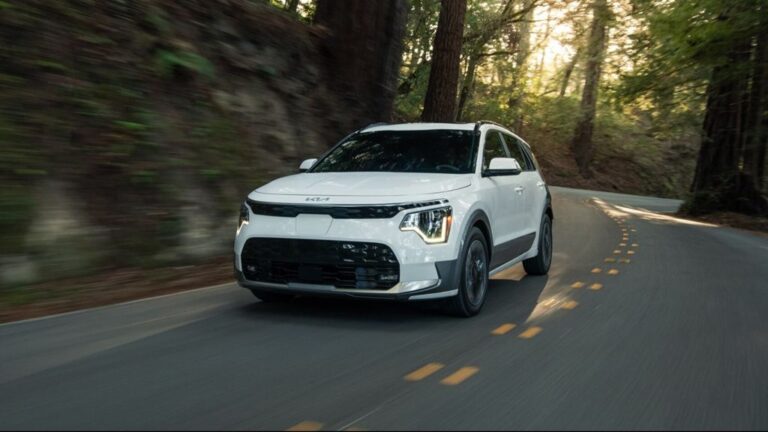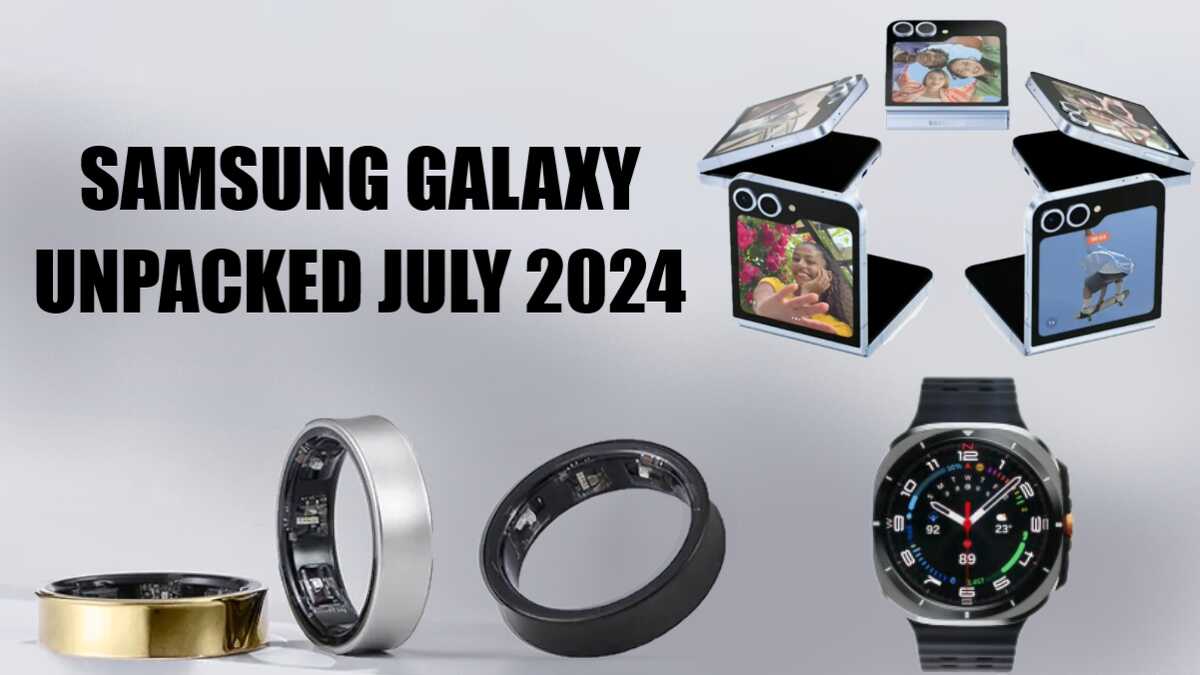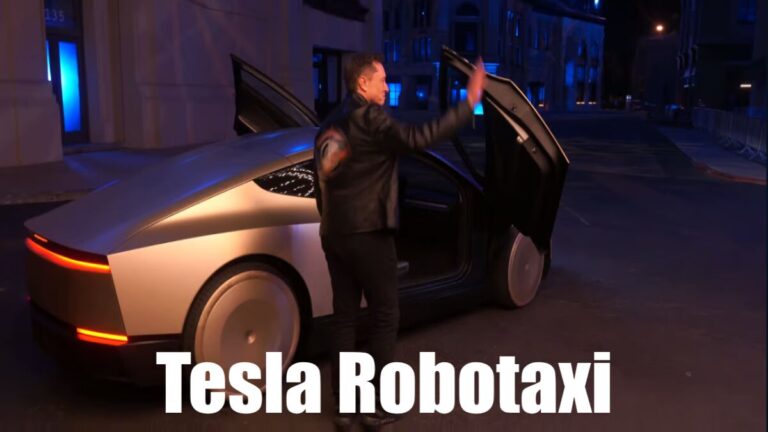Bugatti Tourbillon Hypercar Sports An Unbelievable 1775 HP Powertrain
Keeping up with the times, Bugatti has unveiled its latest marvel: the Bugatti Tourbillon. This hypercar is an exquisite blend of Mate Rimac’s electric vehicle prowess and a naturally aspirated V-16 engine developed in collaboration with Cosworth.
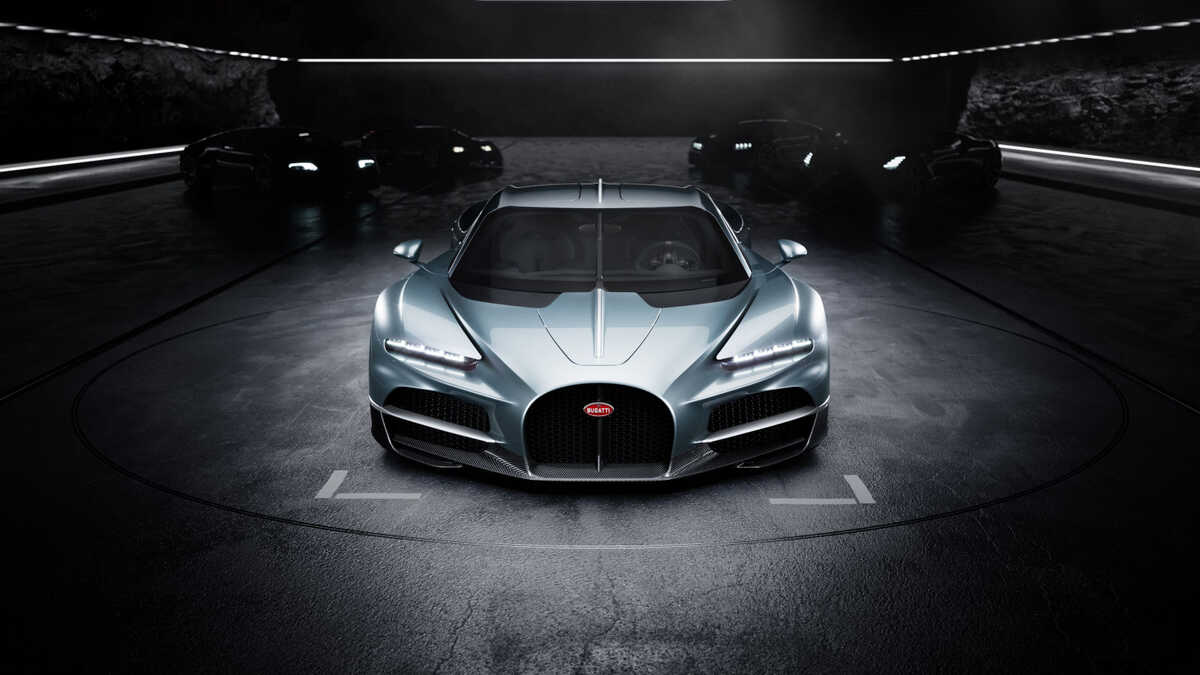
In an interview with the magazine Car and Driver, the man behind the magic, Mate Rimac, despite battling a cold, is all enthusiastic. Rimac is animated and eager to share details about the Tourbillon, Bugatti’s second new model since its 2021 merger with Rimac.
Bugatti Tourbillon Engine and Electric Motors
Gone is the Chiron’s quad-turbo 8.0-litre W-16. In its place, the Tourbillon boasts an entirely new 8.3-litre V-16 with a cross-plane crank—the 16-cylinder equivalent of a flat-plane V-8. This engineering masterpiece revs up to an astonishing 9000 rpm, delivering a robust 986 horsepower and 664 pound-feet of torque. Surprisingly, this vehicle is naturally aspirated. This choice harks back to a purer form of engineering, despite seeming a step back from the Chiron Super Sport’s 1578 horsepower.
But the Tourbillon’s story doesn’t end with its high-revving internal combustion engine. Complementing the V-16 are three electric motors: two at the front axle and one at the rear, contributing an additional 789 horsepower. Combined, the powertrain offers a staggering 1775 horsepower. For those concerned about fuel economy after forking out $4.6 million, the Tourbillon can travel nearly 30 miles on electric power alone.
Bugatti Tourbillon Design and Interiors
This engine overhaul allowed Bugatti Rimac to reconfigure the Tourbillon’s underpinnings. The result? A more ergonomic cabin, dihedral doors worthy of a seven-figure price tag, and a sleeker, more aggressive profile. Unlike the Chiron, which places its transmission between the driver and passenger, the Tourbillon’s eight-speed dual-clutch gearbox is positioned behind the engine. Its 21.0-kWh battery pack runs along the car’s center, further enhancing its balance and handling.
The Tourbillon’s name isn’t its sole horological reference. The gauge cluster, mounted to the steering column, is designed like a mechanical timepiece and is never obscured. The dials are encased in milled sapphire crystal, a material prized in watchmaking for its scratch resistance. It’s a delicate touch, and owners should mind their jewelry.
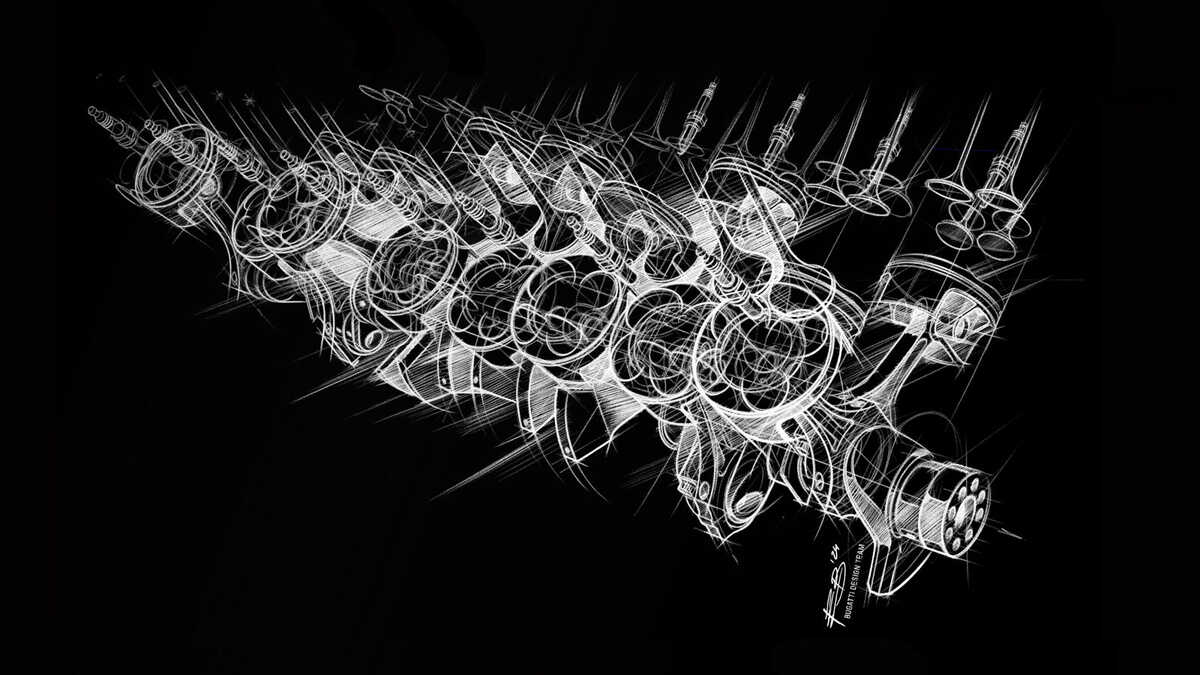
“The real revolution is in the interior,” Rimac asserts, highlighting the timeless quality of an analog approach. His sentiments are echoed by Frank Heyl, Bugatti Rimac’s director of design. “We’re trapped in the technology of our time,” Heyl muses. “How do we make a car relevant at a Concours in 2075 without looking silly in an age of holographic displays or augmented-reality contact lenses? We give the interior an analog essence.”
Indeed, the interior is sculptural and mechanically captivating. A fixed-hub steering wheel ensures the instrument cluster is always visible. In collaboration with a Swiss watchmaker, Bugatti has created gauges with raised numbers and physical needles. There’s a small screen for those who need some pixels. That, however, can be folded away to reveal the crystal spine of the console and luxurious leather. Everything is customizable, allowing Bugatti to match your Tourbillon to a cherished watch or yacht.
Externally, the Tourbillon retains elements of classic Bugattis, such as the horseshoe grille, the C-shaped dividing line at the rear of the cabin, and the central spine running down the roof, however, despite its resemblance to the Chiron, the Tourbillon shares no components with its predecessor. It sits 1.3 inches lower, with a narrower horseshoe grille, sharper C-line, and wider fenders.
Bugatti Tourbillon’s Features
Unlike many hypercars that rely on slats and spats for air circulation, the Tourbillon uses subtle airflow management.
Air enters through slots at the headlights and C-lines, with a carbon-fiber underbody diffuser running beneath the rear half of the car. This design allows the rear wing to act solely as an airbrake, enabling reduced drag and a top speed of 277 mph. Bugatti Rimac’s in-house software manages the seamless integration of engine and motors, propelling the Tourbillon to 60 mph in an estimated 2.0 seconds and to 250 mph in about 25 seconds.
“It’s about the same weight as a Chiron or even lighter,” Rimac notes. “It has more power, a reduced frontal area, and a hybrid powertrain. We will not rest on our laurels.”
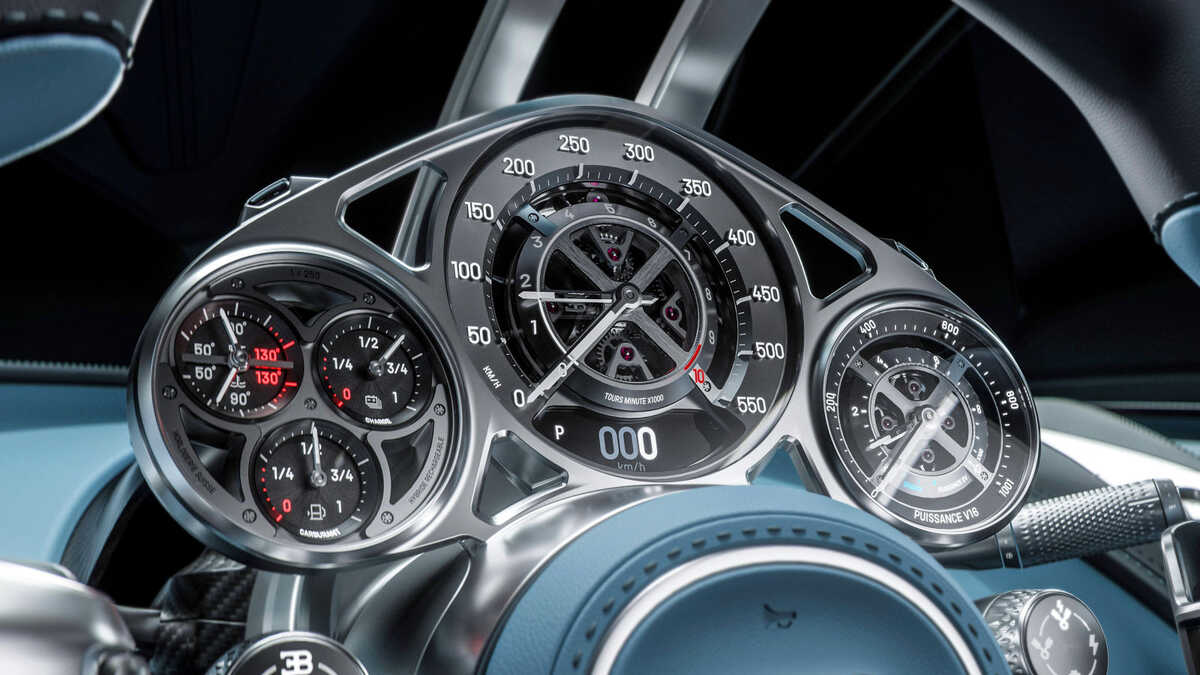
Bugatti plans to produce only 250 Tourbillons, with production starting in 2026. Securing one requires more than a hefty bank balance; buyers need a history of purchasing Bugatti or Rimac models to qualify.
Last but not least, the Bugatti Tourbillon is a testament to innovation and luxury. This car is not just a vehicle but a piece of art, with every detail meticulously crafted. From its watch-inspired interior to its aerodynamic design, the Tourbillon is a mix of tradition and cutting-edge technology.
Whether you’re a car enthusiast or a collector, the Tourbillon represents a true innovation in the automotive industry.


